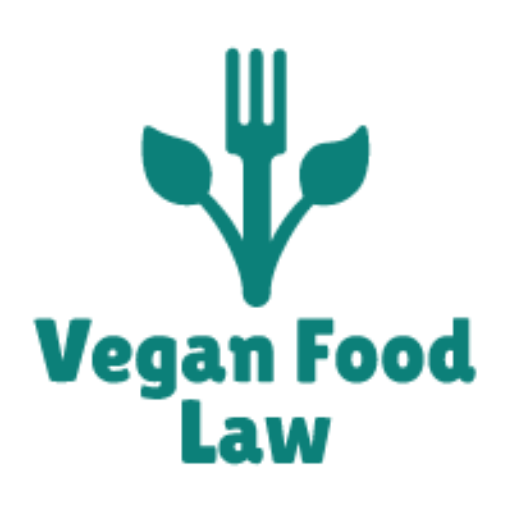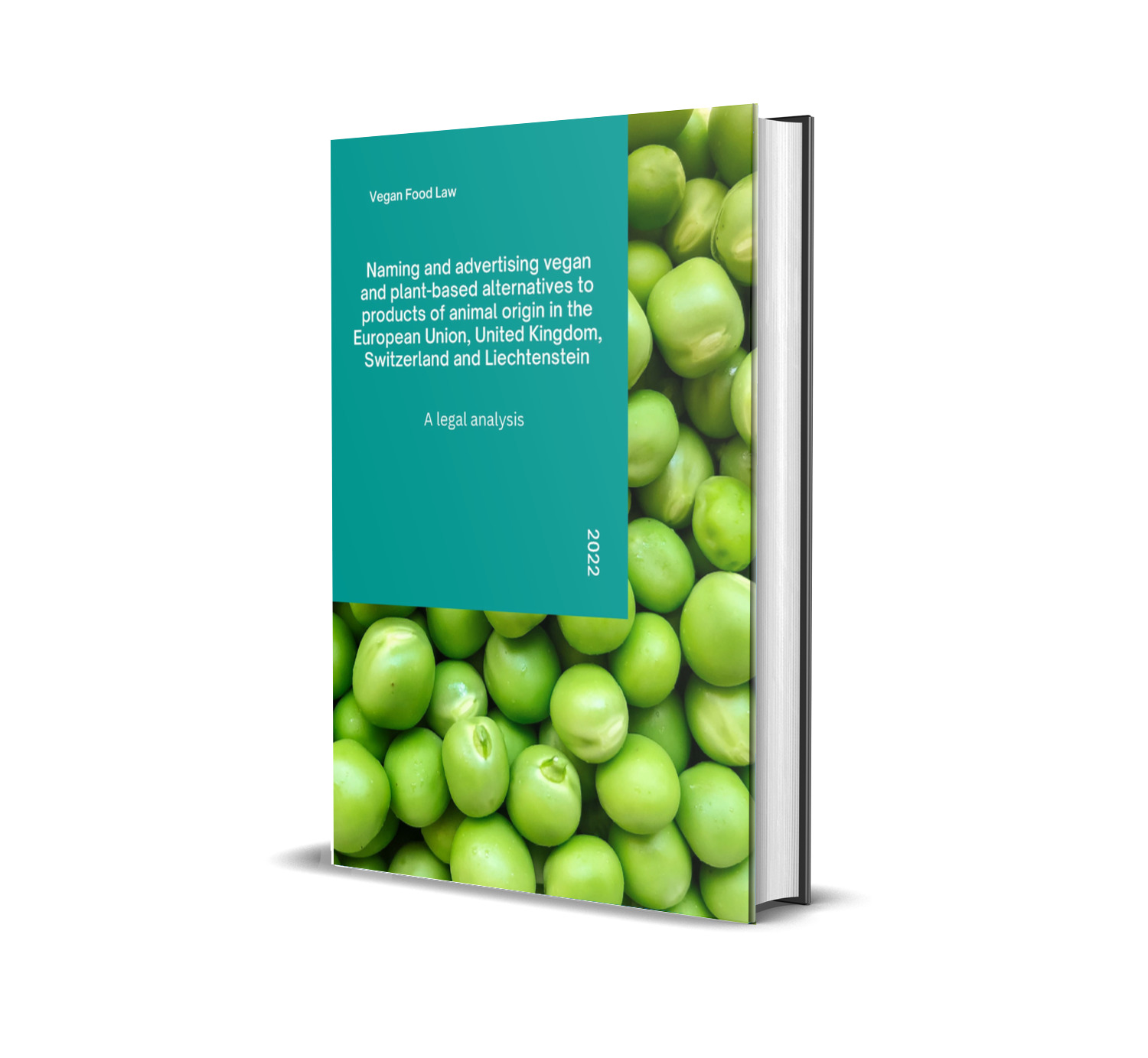This guide provides a clear, concrete roadmap to non-lawyers and food tech professionals who must navigate the food regulatory landscape to name and advertise their vegan and plant-based alternatives to products of animal origin in the European Union, United Kingdom, Switzerland, and Liechtenstein.
Why Europe?
The European region is known for having the strictest food regulatory system in the world which explains why non-European rulings on food-related cases are unlikely to be applied in a European context.
Although the region adheres to a common set of legal rules, applicable provisions are scattered throughout various fields, namely food labelling, advertising, and consumer protection which may be difficult to articulate for food companies. In addition, some exceptions do exist but they remain difficult to comprehend and are reserved for specific territories and products.
Vegan and plant-based alternatives to products of animal origin
Disruptive by nature, these products are forced to comply with a regulatory system that did not envision their existence. Animal products benefit from prerogatives that alternative companies easily infringe upon due to a lack of knowledge or a wrongful interpretation of legal provisions.
The difficulty to navigate the regulatory landscape is reinforced by the existence of private standards that enterprises may use and that do not confer legal immunity to the applicable legislation.
Moreover, external considerations such as consumer awareness and the environmental benefits of alternatives cannot be used as an excuse to reshape the regulatory landscape without legislative reform.
The guidebook answers the most common questions from food business operators such as:
- Why quotidian vocabulary like oat milk and plant-based yogurt cannot be used to market an animal-free product?
- Why do meat alternatives suffer from fewer restrictions in comparison to dairy alternatives?
- How can the regulatory landscape be reformed?
- Should you certify your product with vegan certification bodies, like ProVeg or the Vegan Society of the UK?
- What role do play initiatives from non-state actors in the regulatory framework?
- How do you design a compliant marketing strategy and avoid litigation from the dairy and livestock industries?
- Why some countries are more inclined to enact stricter restrictions?
- What role does food culture play in a given market?
- How can brands assess their marketing strategy and which risks do they run if they decide to replicate a competitor’s strategy?
This 110 page guidebook is structured to teach you all the legal and regulatory bits applicable to vegan and plant-based alternatives in an accessible way without any legal giberrish.
It discusses brands’ strategies, landmark case law, loopholes, and attempts from both the private and public sectors to reform an archaic regulatory system. It includes a detailed analysis of some of the most innovative brands in the space (Heura, La Vie and Oatly) and analyses their marketing strategies from a legal point of view.

